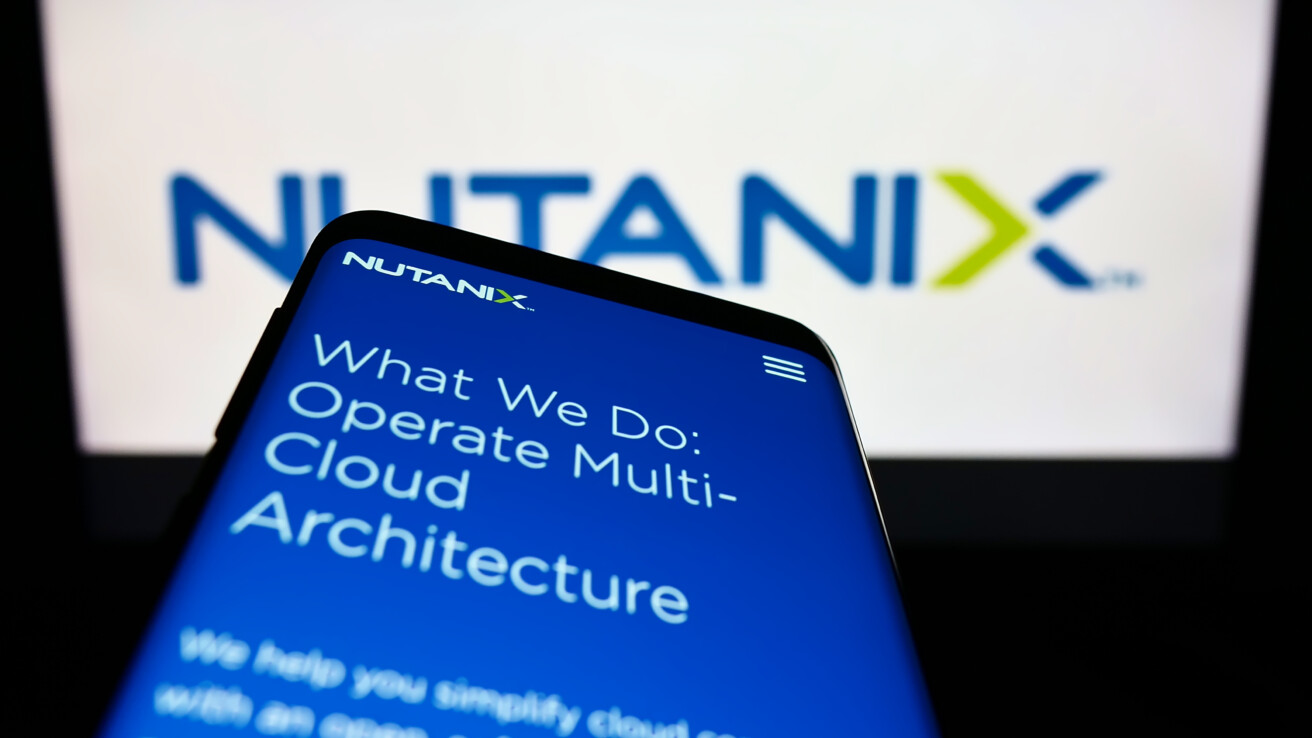Navigating the VMware Acquisition with Nutanix

When it comes down to it, businesses have three main options:
- Private Cloud – “Let’s keep it all on-premises using the VMware platform or move to a replacement. My workloads are private and my investment in on-premises infrastructure is significant. It could cause too much disruption to change operating models, and it would outweigh any advantages of cost savings or modernizing.”
- Public Cloud – “I have nothing that can’t be moved to the cloud and near-term cost savings would be significant for my business. Moving to Public Cloud would allow me to increase my efficiencies and modernize my applications.”
- Hybrid – “Only some workloads must run in my data center, and most can move to the cloud. I’ll take flexibility and cost savings over the long term, and I have the capabilities to leverage modern management technology to operate both environments effectively.”
Today, I want to discuss one of the least architecturally and operationally disruptive options for the teams looking to move off VMware while staying on-premises and changing their architecture as little as possible. Nutanix offers a wide range of benefits for current VMware customers seeking a more manageable, cost-effective, and flexible private cloud solution, and provides a great “steppingstone” towards cloud operating models and architectures.
First, as a hyper-converged solution, Nutanix combines compute, storage, and networking into a single, easy-to-scale system. This architecture eliminates the need for a traditional three-tier infrastructure, reducing complexity and streamlining operations. By consolidating these components, Nutanix offers a more efficient and cost-effective approach to private clouds, resulting in a lower total cost of ownership for many of our clients. Additionally, this is similar to infrastructure architecture that public clouds are mostly built on, so it helps take a step towards more flexibility and portability across clouds for your workloads.
One key advantage of Nutanix is its ability to support multiple hypervisors, including VMware, Hyper-V, and its own native hypervisor, AHV (Nutanix Acropolis Hypervisor). This flexibility allows organizations to choose the hypervisor that best suits their needs and existing skill sets. For example, a client could leverage AHV for the majority of their tier 2+ workloads but stay with VMware for their tier 1 workloads based on application capability constraints, reducing their reliance and costs associated with VMware.
For clients looking to reduce costs, Nutanix’s AHV hypervisor is an attractive option. AHV comes at no additional cost and provides feature parity with VMware, making it an excellent choice for those seeking to minimize licensing fees without compromising functionality. AHV’s web-based management interface is intuitive and user-friendly, simplifying the management of virtual machines and infrastructure. Finally, AHV is based on KVM (Linux Kernel Virtual Machine) technology, which underpins many of the public cloud infrastructures and therefore is proven and widely supported in the industry.
Next, Nutanix also prioritizes data protection and business continuity with built-in features like resilience, disaster recovery, and replication. These native capabilities make protecting critical applications and data simple and straightforward, ensuring that organizations can quickly recover from disruptions and maintain high availability.
Furthermore, Nutanix integrates seamlessly with major cloud platforms, including AWS and Azure. This integration enables organizations to easily extend their on-premises infrastructure to the cloud, facilitating hybrid cloud deployments and providing greater flexibility and scalability.
In summary, Nutanix presents a compelling alternative to VMware, offering a more manageable, cost-effective, and adaptable virtualization solution. With its support for multiple hypervisors, hyper-converged architecture, built-in data protection, and cloud integration capabilities, Nutanix empowers organizations to modernize their infrastructure and achieve their IT goals more efficiently.
Nutanix Benefits Summary:
Cost Savings with AHV:
- No additional cost for AHV hypervisor
- Eliminates VMware licensing fees
- Feature parity with VMware
- User-friendly, web-based management interface
Multiple Hypervisor Support:
- Supports AHV, VMware, and Hyper-V
- Leverages existing investments and expertise
- Freedom to choose the most suitable hypervisor
Simplified Management:
- Combines compute, storage, and networking
- Eliminates complexity of traditional architectures
- Single, intuitive web interface for management
- Streamlines provisioning, monitoring, and troubleshooting
Effortless Scalability:
- Easy to add compute, storage, and networking resources, as they can scale separately
- Built-in resiliency and replication for high availability
- Independent scaling of compute and storage
- Eliminates need for forklift upgrades
- Allows incremental growth without overprovisioning
- Easy to add capacity for new applications or projects
Seamless Cloud Integration:
- Native integration with AWS and Azure
- Enables hybrid cloud adoption and management
- Seamless workload management across on-premises and cloud
- Provides flexibility and scalability
- Optimizes IT operations and reduces costs
- Maintains control over data and applications
Why ivision?
- ivision’s Enterprise Infrastructure team understands the ins and outs of the industry, aligning our capabilities with every shift. We have efficient and proven services to help clients choose, architect, and implement their next infrastructure platform and seamlessly migrate workloads to it.
- We have a great partnership with Nutanix with many ecosystem options to help a client adopt their technology in a way that best fits their environment.
- We have deep expertise in modern management and automation tools to help you strategically take advantage of the platform change and build flexibility and resilience into your go-forward operating model.
- Our managed services are able to fill the gap in your old or new platforms as you navigate the change, or ongoing if you would rather someone else take on day-to-day operations so you can focus on your business.
Let’s navigate this new landscape together, designing and implementing solutions that best fit your evolving business needs.



